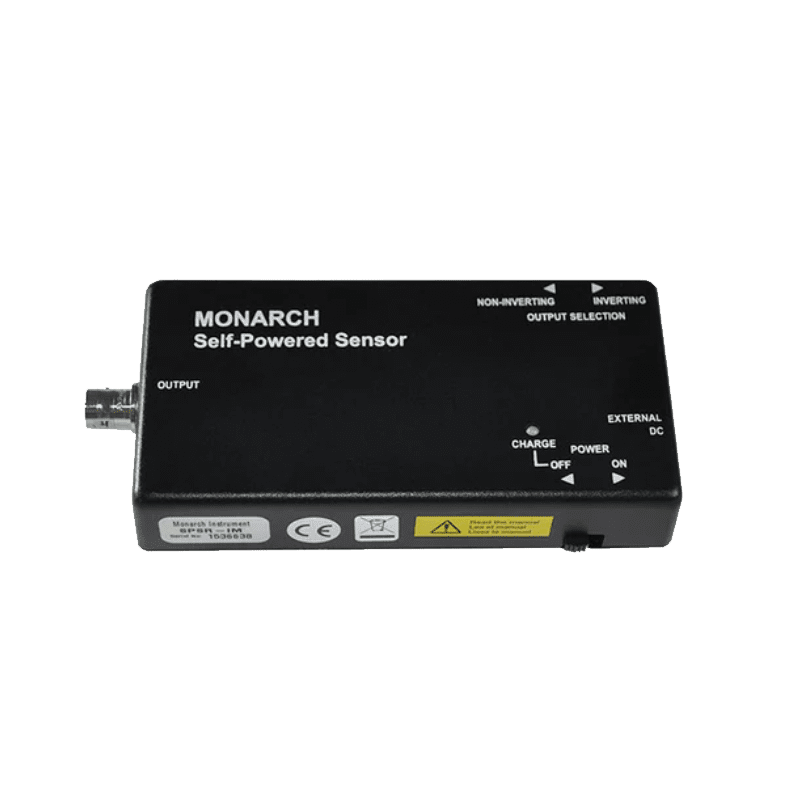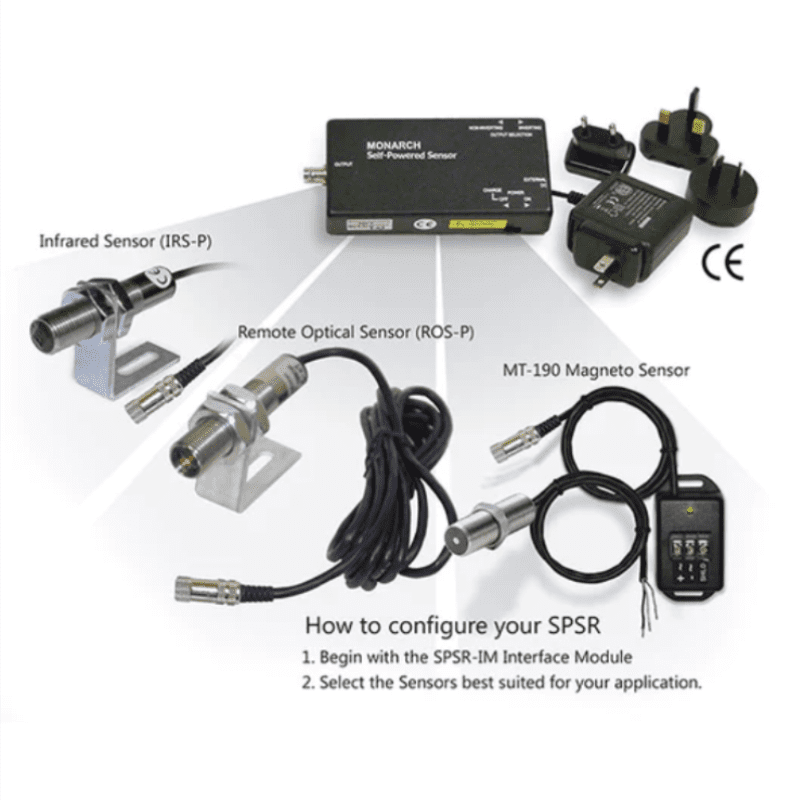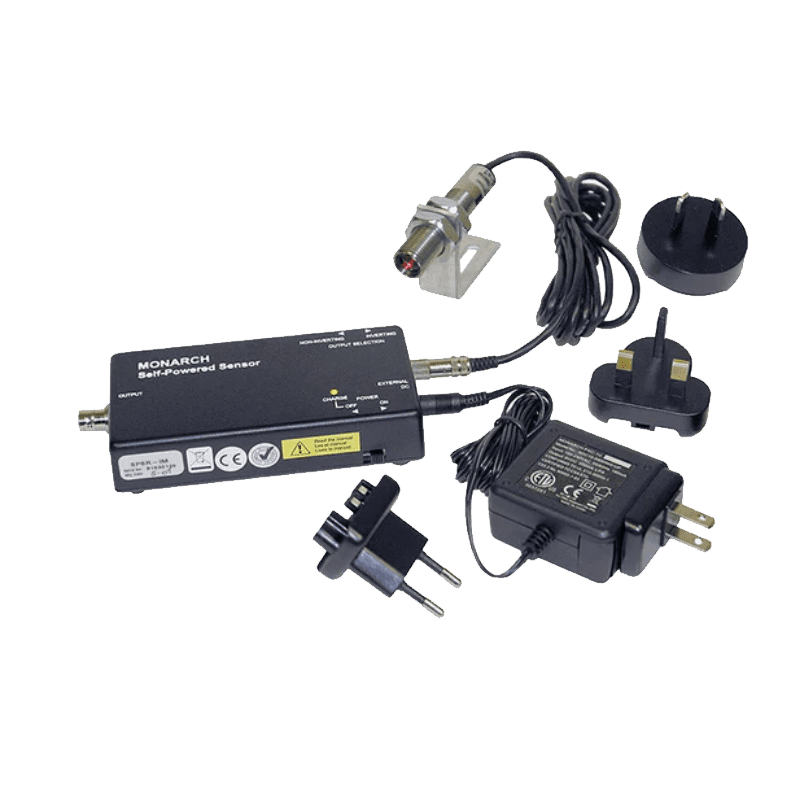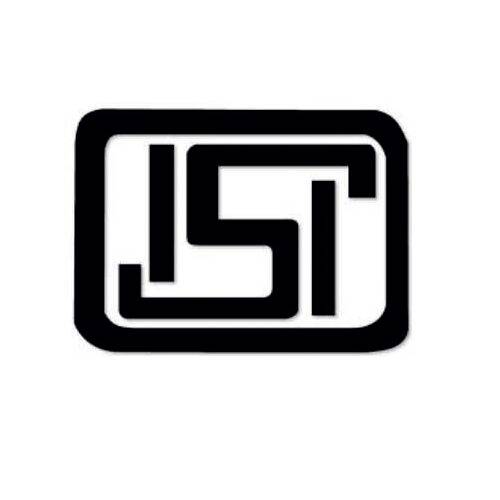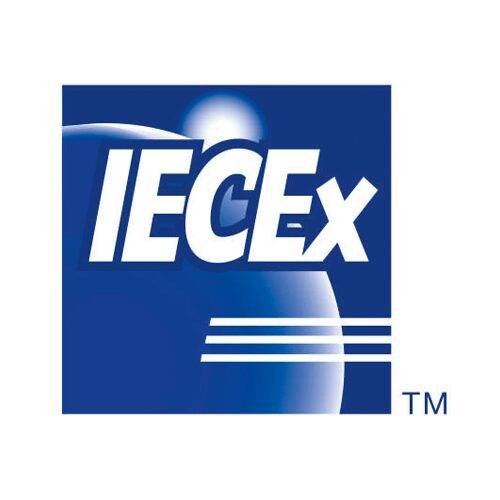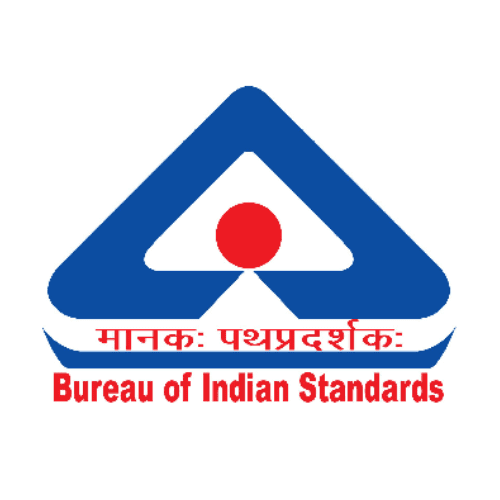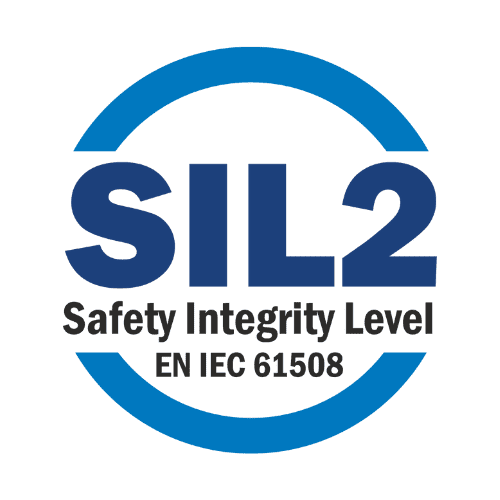Our Standard Certifications
SPSR Self Powered Sensor
The SPSR-115/230 Self Powered Sensor is a versatile device designed for triggering external equipment, such as vibration analyzers, spectrum analyzers, tachometers, and more. The system consists of the SPSR-IM Interface Module, a rechargeable battery-powered unit that provides power to the input sensor and generates a TTL-compatible pulse output. The input sensor, such as the ROS-P Remote Optical Sensor, features a visible red LED light source and is capable of detecting reflective pulses from a rotating target. The SPSR-IM Interface Module offers switch-selectable output polarity (0 to 5 V dc or 5 to 0 V dc) and can operate for over 40 hours on fully charged internal NiMH batteries. The unit can also be powered continuously from an external source using the provided recharger/power supply. LED indicators signal operational status, charging, and completion. The device is user-friendly with controls for power and output selection.
1. SPSR-IM Interface Module:
– Powerful Operation: Self Powered Sensor provides power to the input sensor, coupled with a visible red LED light source, enabling seamless operation with various external equipment.
– Versatile Output: Generates a switch-selectable TTL-compatible pulse output in either positive or negative polarity, ensuring compatibility with different devices.
– Extended Battery Life: Self Powered Sensor utilizes internal NiMH batteries for over 40 hours of continuous operation, reducing the need for frequent recharging.
– External Power Option: Can be operated continuously on external power using the provided recharger/power supply, enhancing flexibility in usage scenarios.
2. Connections and Controls:
– User-Friendly Interface: Simple connections via 1/8″ phone plug for the input sensor and BNC connector for the output signal cable, making setup straightforward.
– Power Switch: Controls both system operation and charging, allowing users to switch between internal battery power and external power as needed.
– Output Selection Switch: Determines the polarity of the TTL-compatible output signal, providing customization based on the requirements of the connected equipment.
3. LED Indication:
– Operational Status: LED indicators provide clear visual cues, with a solid green light indicating unit operation and a blinking red light during the charging process.
– Charge Status: Changes to solid red when charging is complete, streamlining the user’s monitoring of the device’s power status.
– Error Detection: Alerts users to charge errors through specific blinking patterns, prompting necessary action.
4. ROS-P Remote Optical Sensor:
– Target Detection: Utilizes visible red LED illumination to detect reflective pulses from a rotating target, ensuring precise triggering for external equipment.
– Flexible Range: Capable of detecting pulses at distances up to 3 feet and angles up to 45 degrees from the target, providing adaptability to various setups.
– On-Target Indicator: Features a green LED indicator, either blinking at the input frequency or continuously illuminated when properly aimed, aiding in alignment.
5. Technical Specifications:
– Battery Technology: Internal NiMH battery pack (4.8 V dc) ensures reliable and rechargeable power.
– Operating Interval: Over 40 hours typical operation with ROS-P (~40 mA load), minimizing downtime.
– Charge Time: Quick charge time of up to 4 hours, optimizing the device for efficient use.
– Output Bandwidth: 0 to 100 kHz, supporting a wide range of triggering applications.
– Compliance: CE compliant, meeting Low Voltage Directive (LVD), Electromagnetic Compatibility Directive (EMC), and Restriction of Hazardous Substances (RoHS) standards.
6. Environmental Responsibility:
– Battery Disposal: Provides clear instructions for environmentally responsible battery disposal, promoting sustainable practices.
SPSR Self Powered Sensors are suitable for various applications requiring precise pulse per revolution signals. They are commonly used in vibration analysis, spectrum analysis, stroboscopic applications, data acquisition, tachometry, balancing, waveform analysis, and magnetic tape recording.


